Drilling down to the architectural details with Lund+Slaatto
Established in 1987, Lund+Slaatto Architects is a renowned architectural practice based in Norway. The design-focused practice offers architecture and design expertise with a team of specialist designers. L+S nurtures innovation through a creative, collaborative, and a professionally stimulating work environment.
We chat with architect Henning Hagen Kolås and communication lead, Daniel Lund Godbolt from Lund+Slaatto Architects to explore how the team applies rigor without sacrificing speed when bringing architectural ideas to life.
What are the core principles that guide your approach to a design problem?
At L+S we aim to deliver viable designs and pride ourselves in finding the right solution. Our solutions prioritise the end user by ensuring spatial functionality and rationality. We carry projects through from concept to delivery, specifying robust materials, and detailing for buildability.
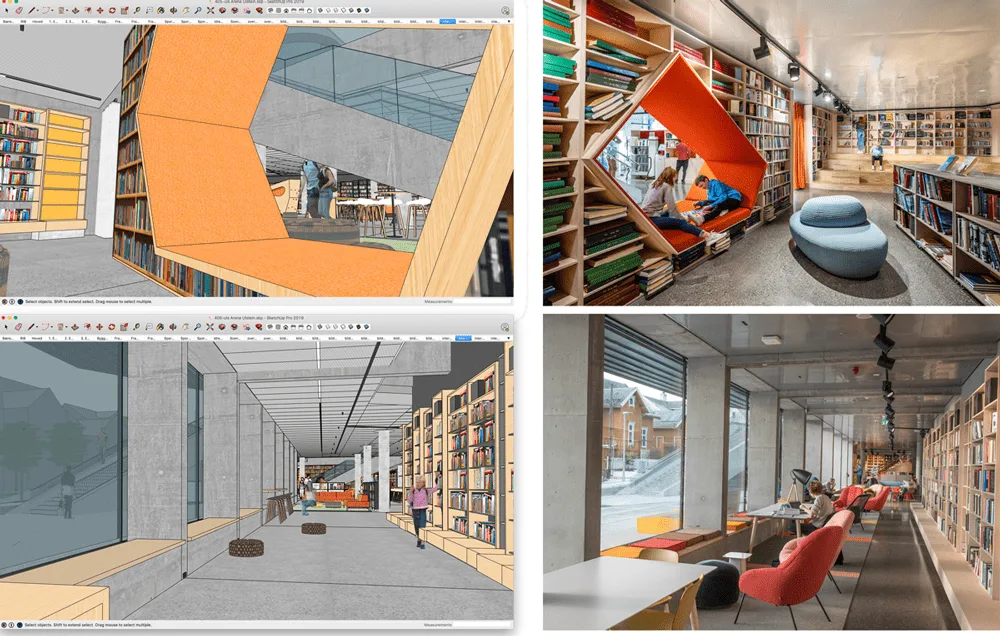
What’s the starting point for any Lund+Slaatto design project?
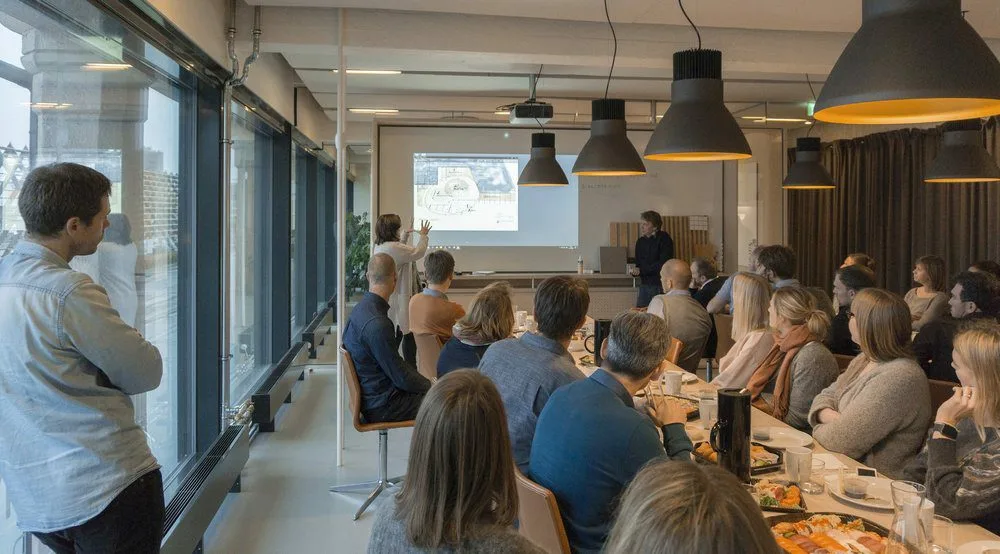
Our fifty-person team is made up of talented professionals with competencies across architectural design, interiors, modeling, visuals, sustainability, planning, and compliance. As such, we are able to leverage each team member’s strength to fine-tune every aspect of each project and carry through our architectural ideas.
How does this translate to your client conversations?
We recognise that it’s not always that easy to look at a plan and understand the spatial qualities of the proposal, especially to clients who typically aren’t architects. Our clients range from corporate businesses, restaurateurs, to government bodies, and our 3D models are the focal point for client meetings. We find it is easier to communicate our design intent by live clicking through SketchUp Scenes. Alternatively, clients can navigate around the model themselves, if desired. This gets them excited about the finished ‘product’ before it’s delivered.

How is sustainability interpreted in your work?

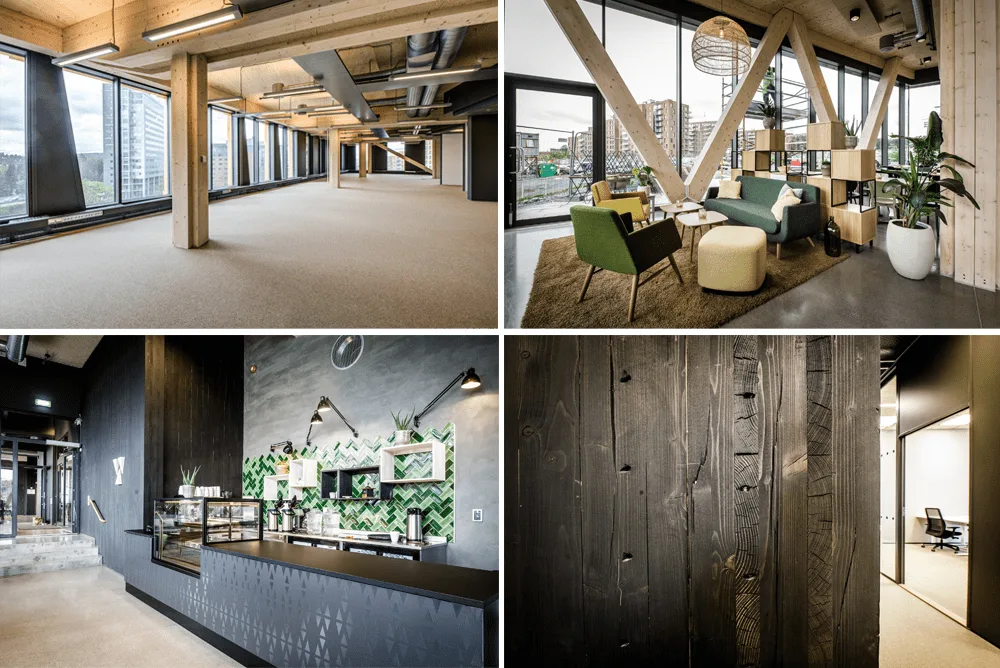
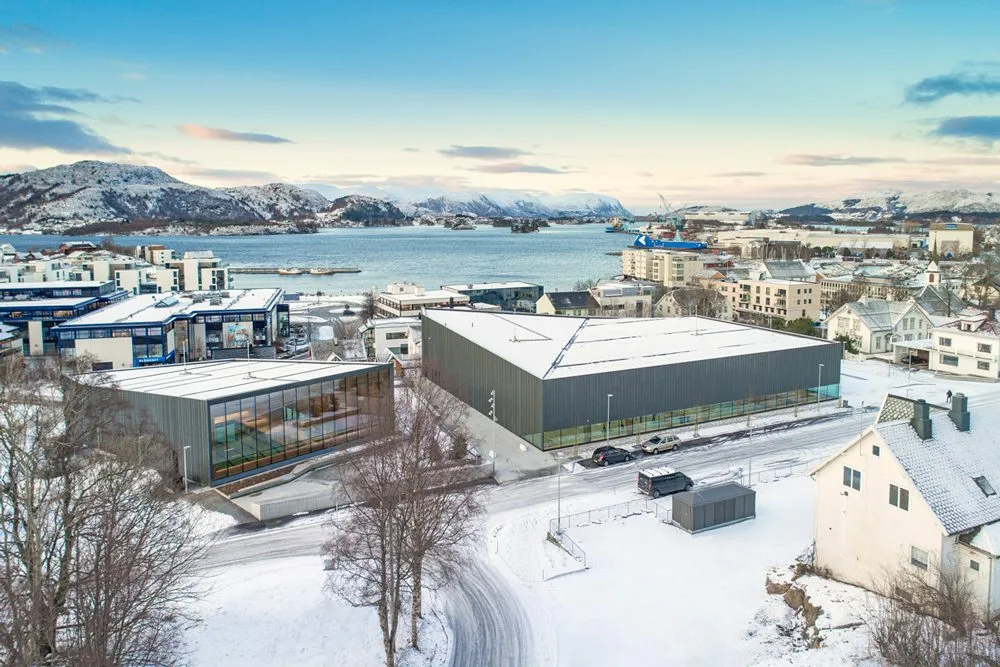
How does modeling support your approach to design?
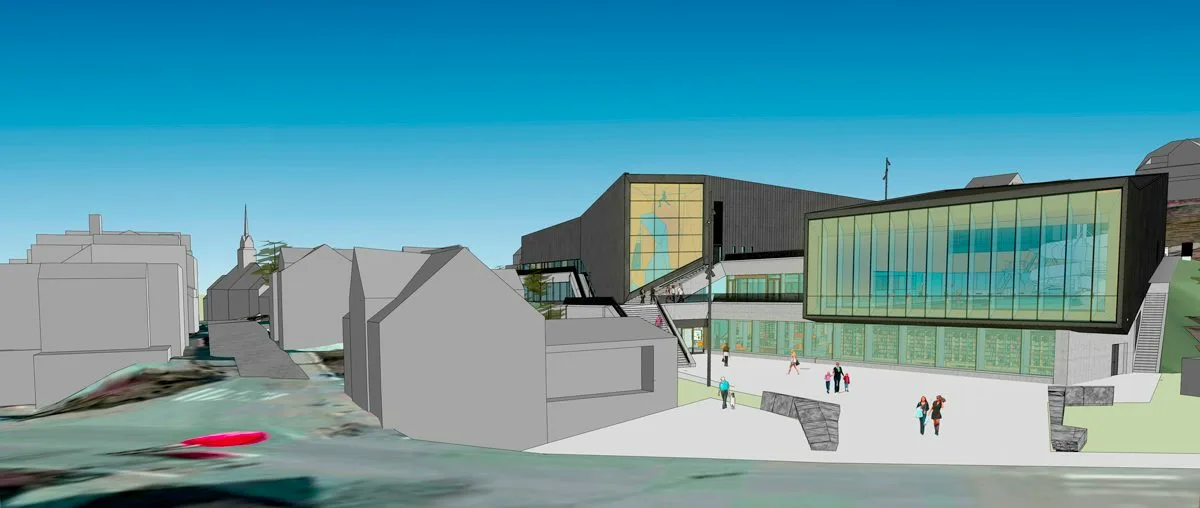
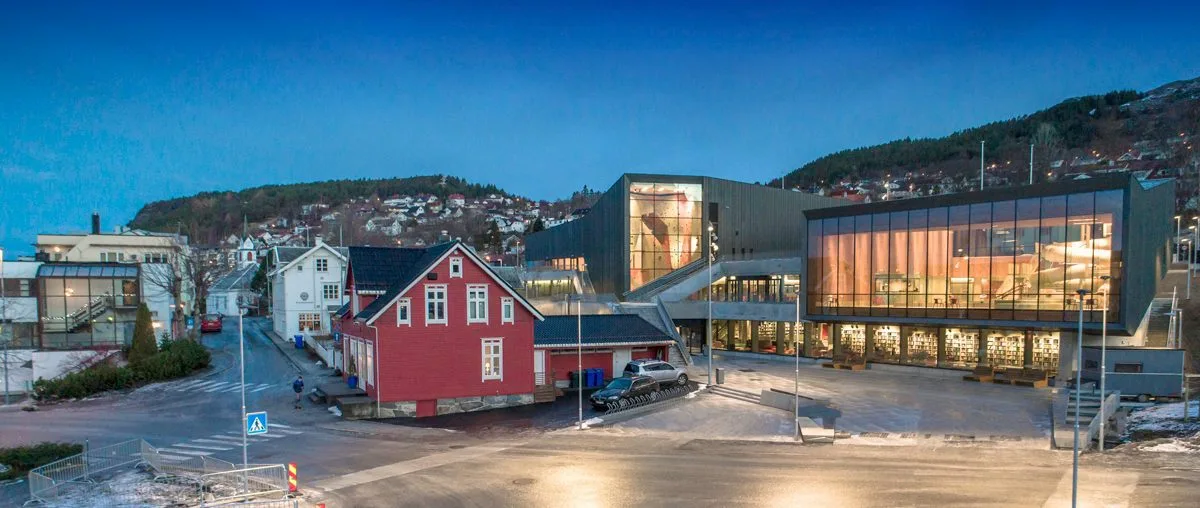
Tell us how you leverage efficient workflows on fast-paced projects?
Using Enscape to render our SketchUp models has been transformative, particularly for competition projects which have fixed and tight timelines. We’re able to quickly present proposals with a sense of reality through semi-realistic renders. Typically, the week before a competition submission is dedicated to rendering.
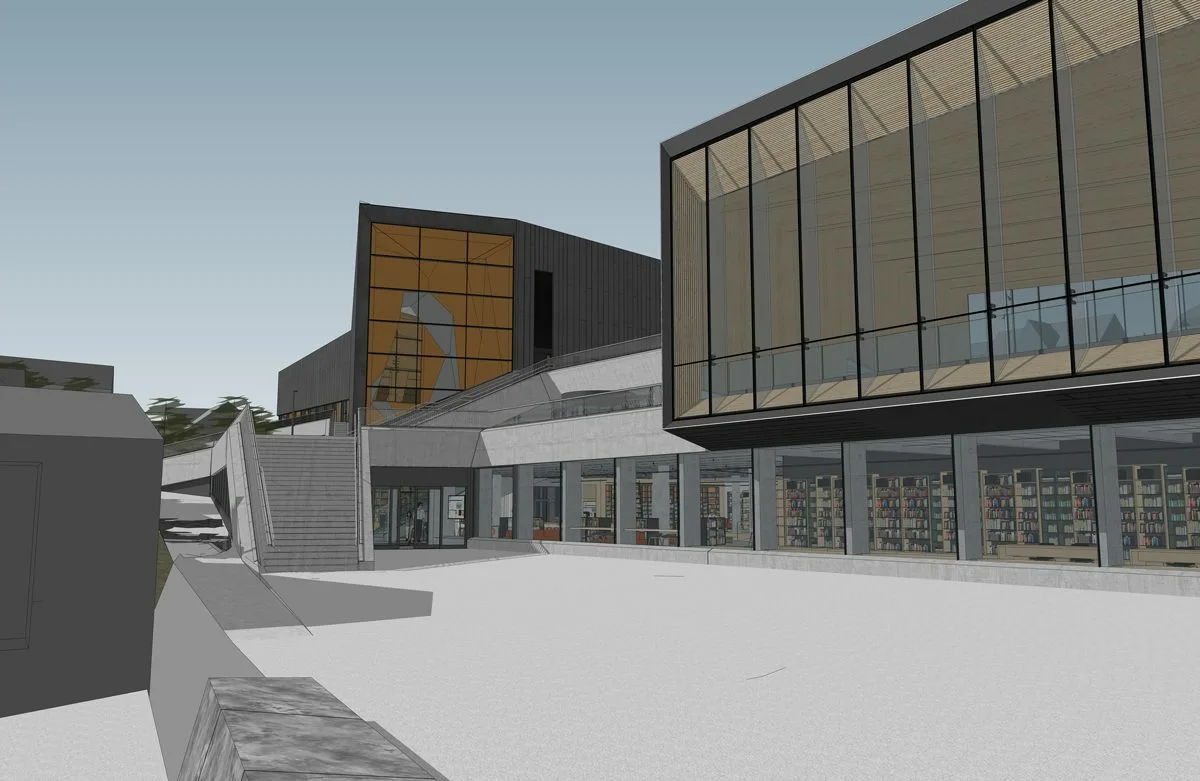
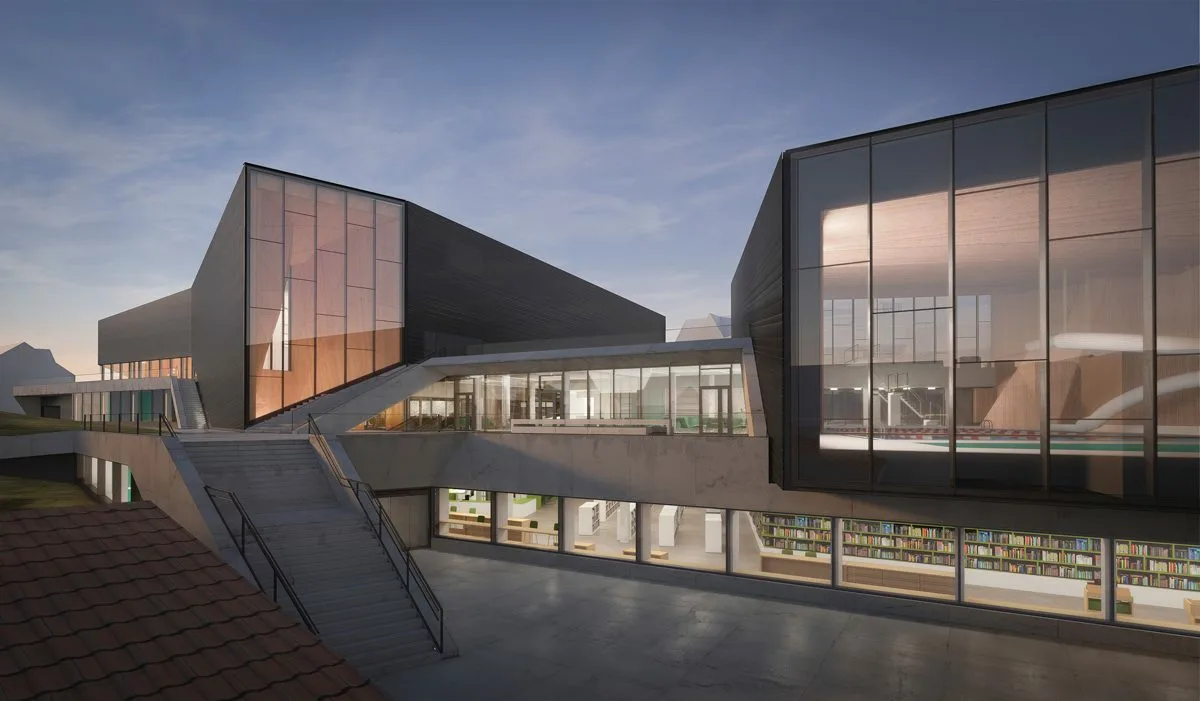
Does your team share 3D assets, and material palettes? How does this impact efficiency?
We share a broad drawing convention and modeling standards such as ensuring every piece of geometry is untagged, and grouping objects. Every team member is also introduced to special office shortcuts which are set up on every computer. Beyond the fundamentals, everyone is allowed to flex their creative muscles.
